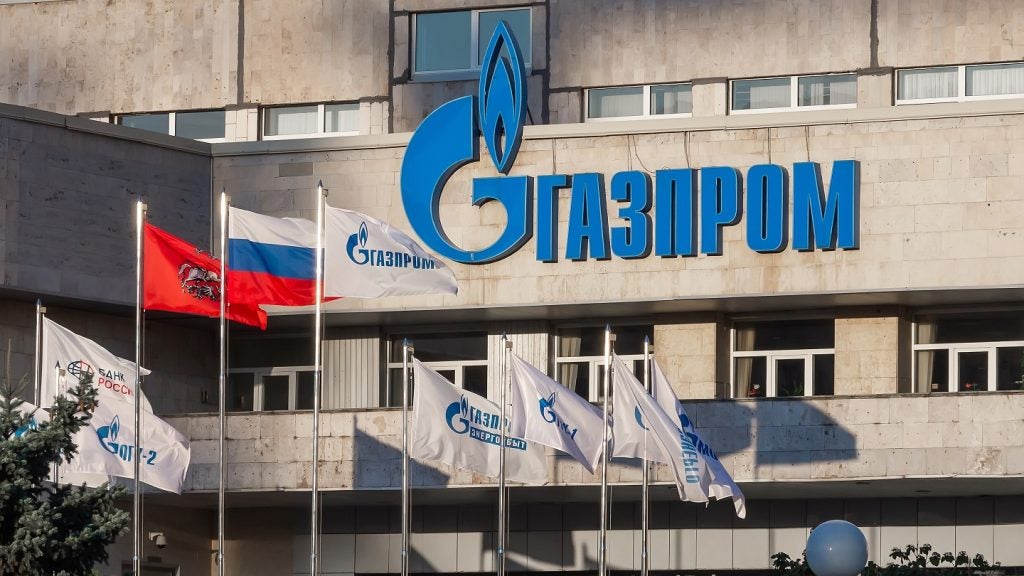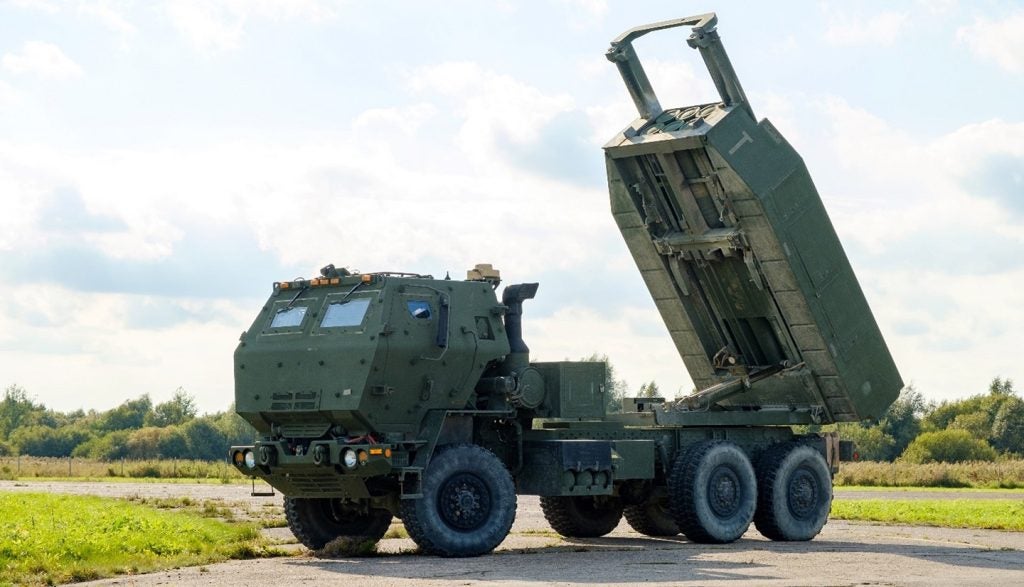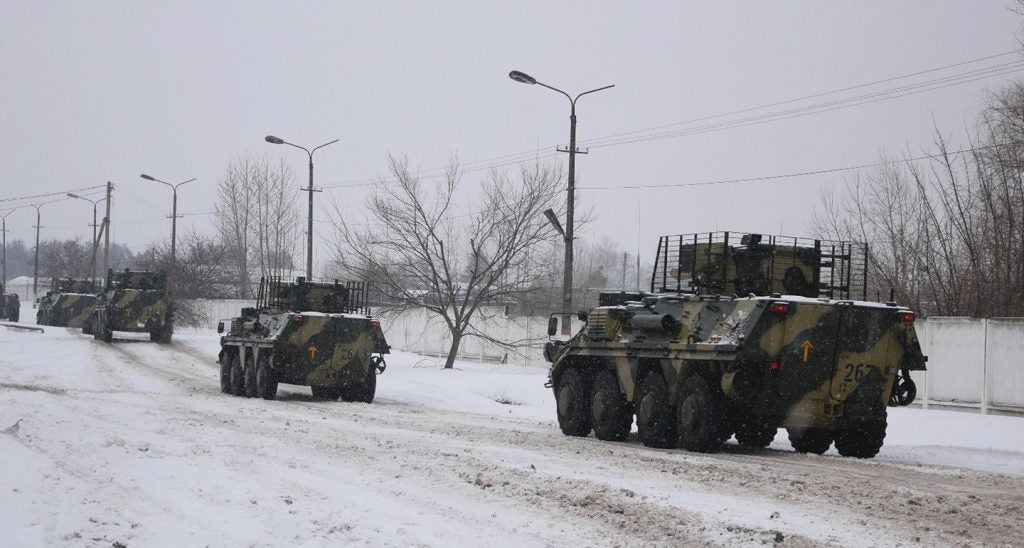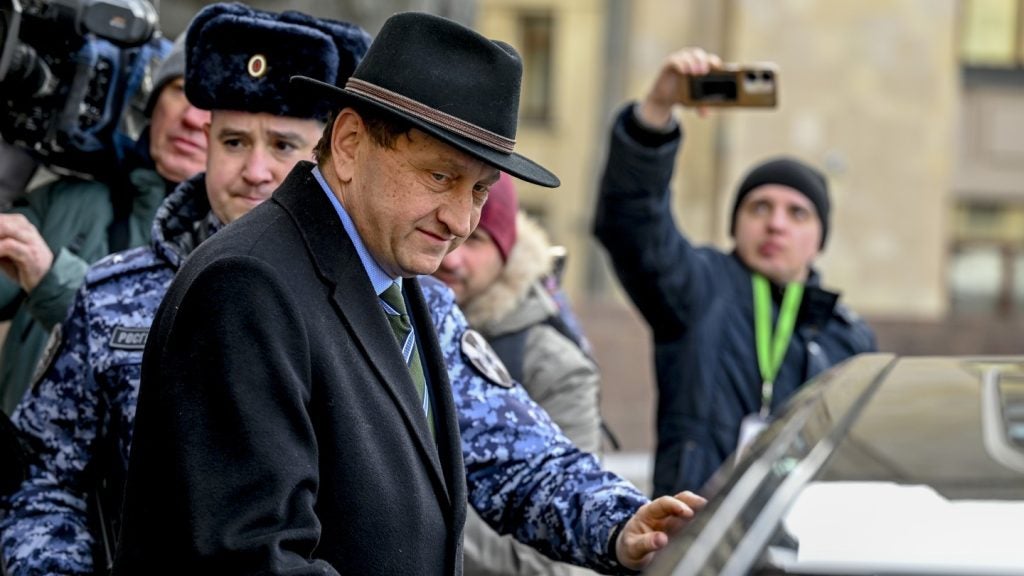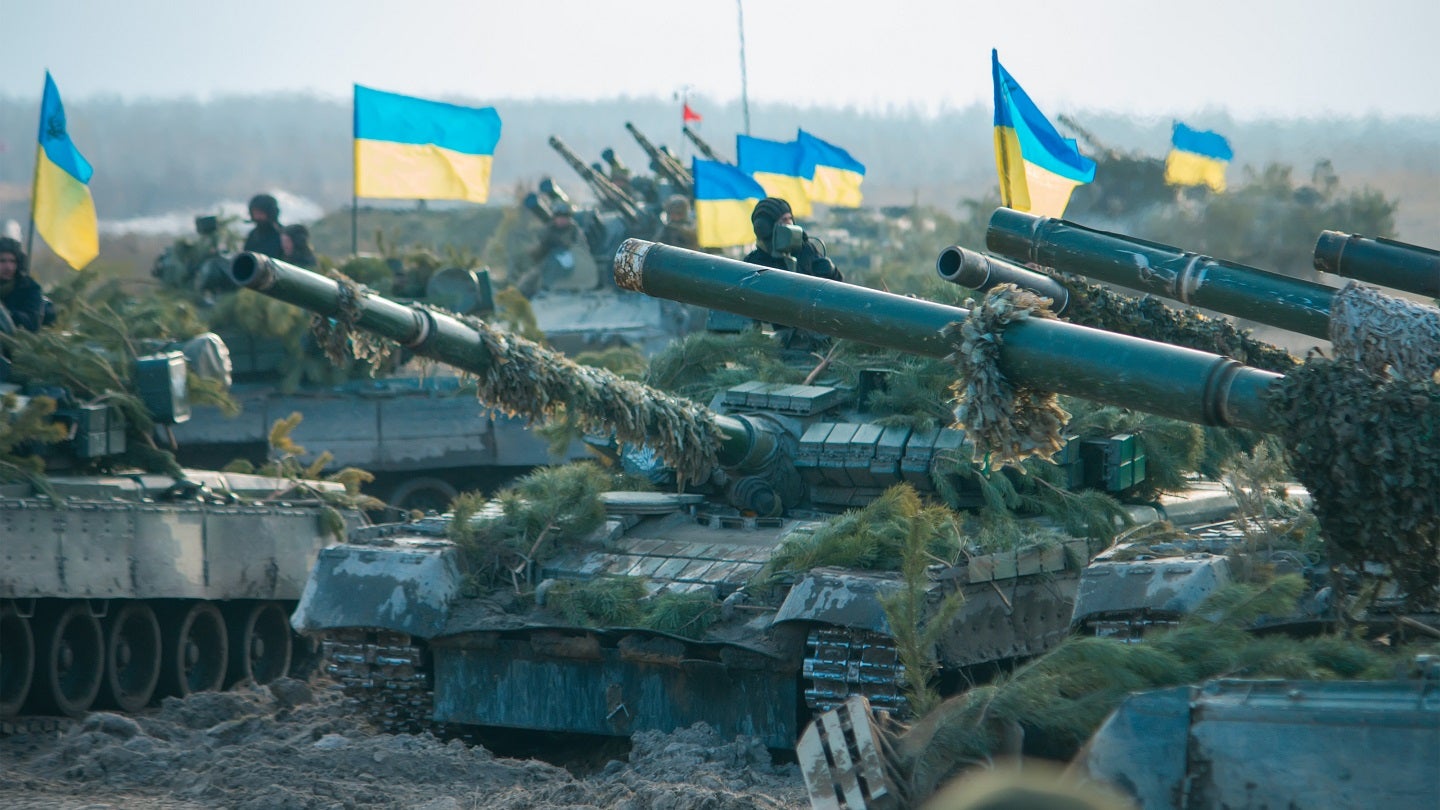
As Ukraine continues its counteroffensive against Russia in the country’s east, intense focus has been levied at Kyiv on its ability to conduct the kind of warfare that Nato allies believe is required to retake occupied territory.
Recent reports that Germany is privately unsatisfied with Ukraine’s performance in conducting the combined arms operations that has been central to the equipment and training provided so far shed some light into the kind of debates that will be taking among from Kyiv’s supporters.
How well do you really know your competitors?
Access the most comprehensive Company Profiles on the market, powered by GlobalData. Save hours of research. Gain competitive edge.

Thank you!
Your download email will arrive shortly
Not ready to buy yet? Download a free sample
We are confident about the unique quality of our Company Profiles. However, we want you to make the most beneficial decision for your business, so we offer a free sample that you can download by submitting the below form
By GlobalDataThe US Department of Defense (DoD) has been cautious about calling out Ukraine, stating earlier this week that it had been making “slow but steady progress” in its counteroffensive. Earlier in July the DoD stated that Ukraine “has the combat power” required for its ongoing counterattack against Russian forces, ahead of the announcement of yet another military assistance package.
This sentiment has been echoed since, with western officials stating that Ukraine had the necessary military capabilities required to conduct its offensive operation, although there was a lack of air defence equipment in particular.
On 17 July Ukraine also again struck the Kerch bridge connecting mainland Russia with Crimea, a territory of Ukraine annexed in 2014.
Public support for Ukraine in its seven-week-long counteroffensive from western allies has been sustained, with defence officials each taking turns for photo opportunities with Ukrainian President Volodymyr Zelenskyy at the Nato Summit in Vilnius.
However, notes of discord were evident, including from UK Secretary of State for Defence Ben Wallace, forcing President Zelenskyy to issue an unprecedented public plea from a news conference podium for his defence minister, Oleksii Reznikov, to contact his UK counterpart to smooth things over.
Another factor to consider in the Ukraine counteroffensive is the performance of Russian troops, which have had ample time to create a network of defence positions and layers of minefields to prevent large-scale movement of armour. As ever in warfare, the advantage is with the defending force.
Russian forces are also showing little sign of abandoning their positions, with western officials stating that the ability for Russia to “gut it out” should “not be underestimated”.
A potential positive factor to consider for Ukraine is that it has yet to commit its second echelon of troops to the counteroffensive, clearly taking its time to identify or create a weakness in Russian lines that could be exploited. Although it is unknown what this second echelon is comprised from, it is possible that it could include UK Challenger 2 and US Abrams tanks previously provided to Ukraine.
Ukrainian-operated European Leopard 2 and Leopard 1 tanks have already been seen on the frontlines, with Russian military video claiming to have destroyed a number of vehicles in the fighting so far.
Nato: Black Sea situation “serious”
On 26 July Nato issued a release regarding the situation in the Black Sea, days after Russia opted to withdraw from the Black Sea Grain Initiative that enabled Ukraine to ship much-needed foodstuffs from its ports to international markets.
Since then, Russia has engaged in a sustained campaign against port infrastructure that remains in Ukrainian hands, including the main shipping complexes in Odesa. Strikes have also been seen against Ukrainian grain sites on the banks of the River Danube, just a few hundred metres from Romanian, and therefore Nato, territory.
Moscow has also warned that shipping attempting to move Ukrainian supplies out of the country could be subject to offensive actions. Russian corvettes have reportedly been placed ready to conduct boarding or kinetic operations against commercial shipping sailing near to Ukrainian waters, while rumours that Moscow could conduct a false flag attack against shipping have also circulated.
Russia’s creation of a new “warning area” to deter shipping from accessing Ukrainian ports also encroaching within Nato member Bulgaria’s exclusive economic zone.
The 26 July Nato release “strongly condemned” Russia’s decision to withdraw from the Black Sea Grain Initiative and the recent missile and drone attacks on Odesa, Mykolaiv, other port cities, and the attacks close to the Romanian border.
Nato deputy secretary general Mircea Geoană said: “Russia is threatening civilian ships, terrorising peaceful cities, and destroying parts of the world’s cultural heritage with its brutal strikes… We stand in solidarity with our Black Sea allies, we will continue to protect one another, and we will continue to support Ukraine for as long as it takes.”




